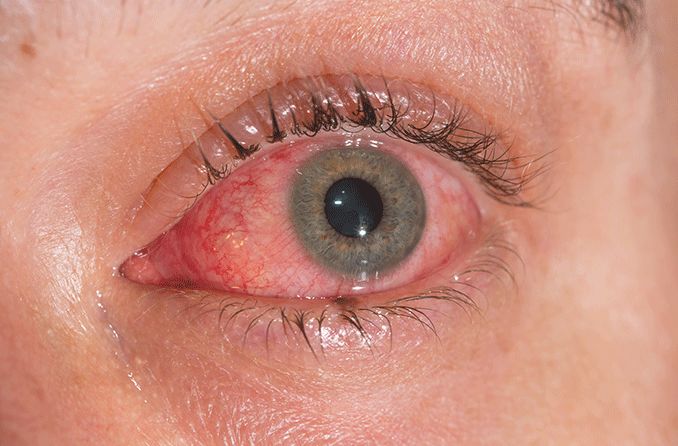Punjab is witnessing an alarming rise in pinkeye (conjunctivitis) cases in Pakistan. State-run hospitals are now reporting between 500-600 new cases daily. Disturbingly, Lahore has become the focal point of this epidemic, with the city contributing nearly 40% of the province’s total cases, translating to over 200 affected individuals seeking medical attention daily.
The outbreak has indiscriminately spread across age groups, and noting the surge in eye infection in Pakistan, Punjab announced holidays for schools from Friday to Monday. Notably, a significant number of schoolchildren have contracted the infection. In response, several schools across the province have begun advising parents to keep their affected children at home to prevent further spread.
Densely populated urban areas, especially marketplaces, factories, and other public spaces, have emerged as the primary viral pink eye transmission hubs. The rapid spread of this viral conjunctivitis in such areas is attributed to a combination of close human contact and insufficient preventive measures.
Weighing in on the situation of the outbreak, Prof Dr. Asad Aslam, a renowned ophthalmologist from King Edward Medical University, expressed concerns over the outbreak’s magnitude, which he described as unprecedented in recent history. He further elucidated that pinkeye, while typically a self-limiting condition, is highly contagious. It can spread through contact with contaminated surfaces, proximity to infected individuals, and even brief conversations.
As preventative measures for Red eye disease, Dr. Aslam suggests that affected individuals should wear dark glasses to protect their eyes and promptly separate their items like bedding and utensils to prevent cross-contamination. He also highlighted that while the current outbreak is largely viral, pinkeye could also result from bacterial infections or allergies. Hence, if symptoms persist beyond 24 hours, it’s crucial to seek medical consultation.
